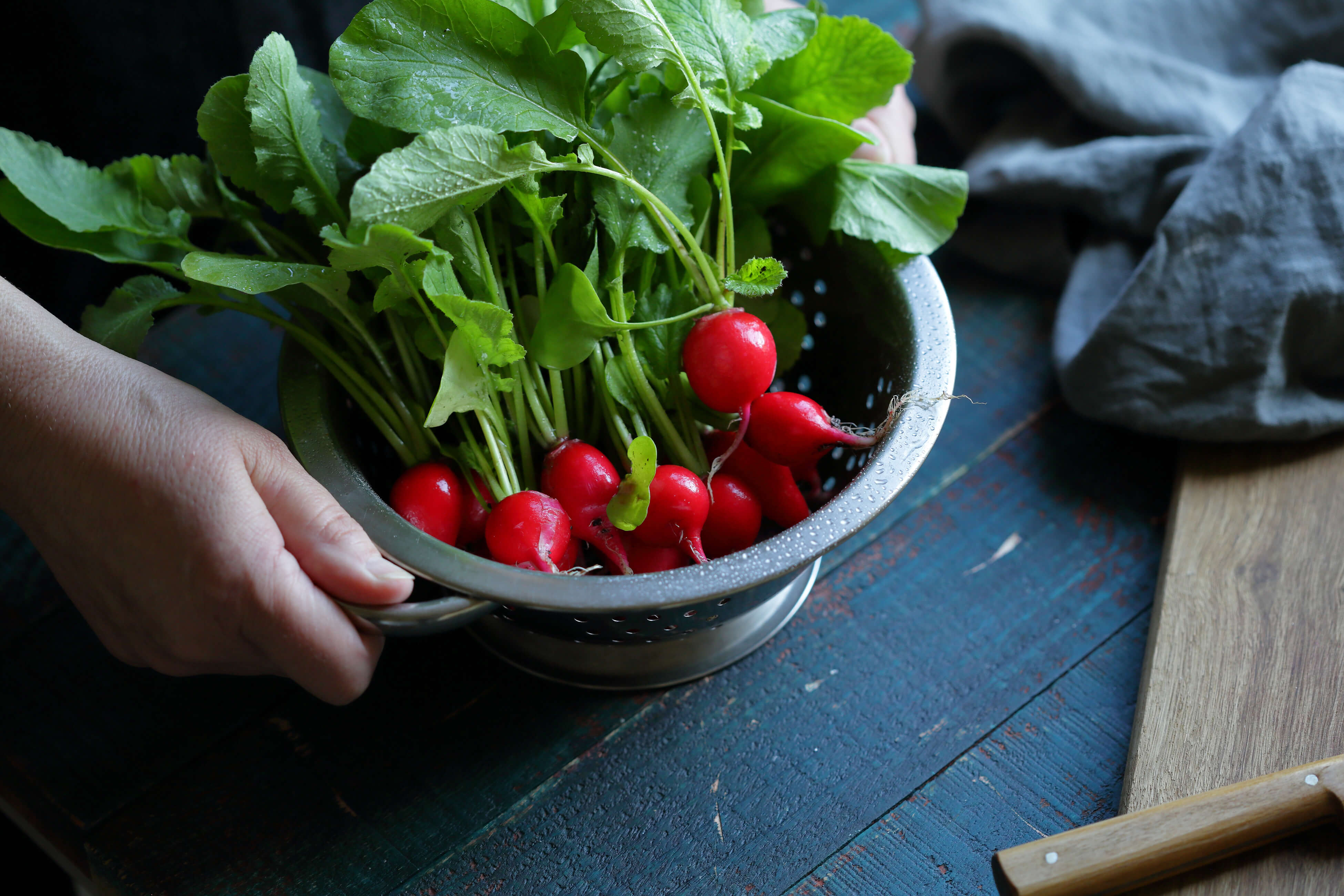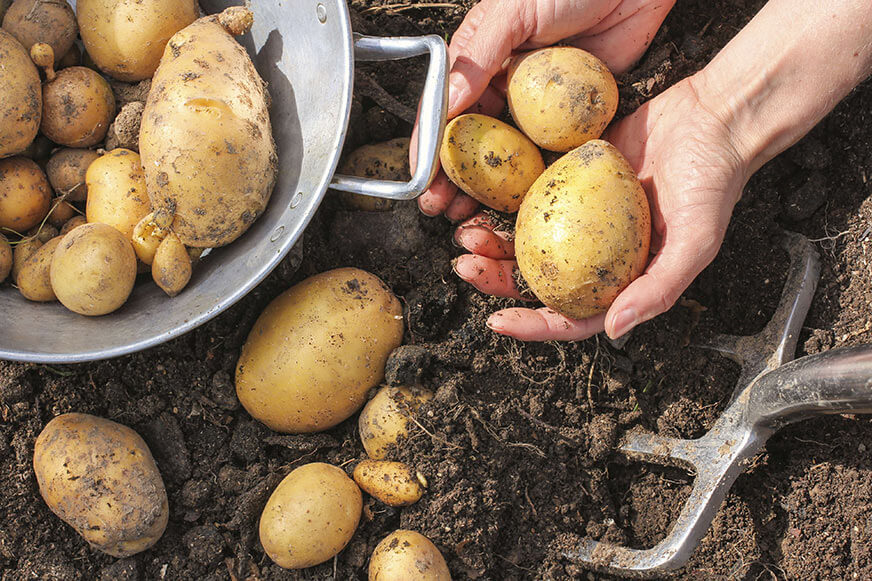All About Farm-To-Table

It seems that there’s a new food movement every decade or so that becomes all the rage before another one takes over. The most recent trend is the farm-to-table movement – it’s even spawned a sketch on “Portlandia.” While the name seems pretty straightforward, there are actually a lot of things to know about this craze that’s sweeping through U.S. restaurants. Here are a few of the basics that everyone should know, especially a culinary academy student considering opening his or her own restaurant:
What’s available varies
A few of the main staples of farm-to-table dishes are fresh, seasonal and local ingredients. This means that what’s available in a Midwest farm-to-table restaurant may not be plentiful at a West Coast farm-to-table restaurant. Much of the time, this locally purchased produce actually lasts longer than produce bought through a chain retailer, as it doesn’t spend as much time on a truck or at a processing plant. This can be a challenge as seasons change, however, which is why many farm-to-table restaurants have different menus each season.
It supports your local economy
Many people are leery about eating at a farm-to-table restaurant, because the prices are usually a bit higher than they would be at a chain eatery. However, one reason that you should still consider a farm-to-table restaurant is that your money is staying right in your community. Your dollars aren’t going to support a corporation. They’re going to a small business owner and a local farmer. While there aren’t regulations that necessarily define “local,” according to the U.S. Department of Agriculture, it’s a safe bet that farm-to-table restaurant owners aren’t supplying their establishments with produce from another country or region.

It’s not always organic
It’s a common misconception that farm-to-table restaurants solely serve organic products. This isn’t necessarily true. There are a lot of rules when it comes to certifying something “organic” by the USDA. For food to be considered organic, it must not be grown with pesticides, synthetic fertilizers, GMOs, ionizing radiation or sewage sludge. Every entity that handles the food must also be certified organic. It’s also expensive for a farm to have their food certified organic. Sometimes, farm-to-table produce or meat is cultivated by a small-time farmer who may not have the means or money to get the certification, and other times, the food may not be organic at all. Chances are, if a meal is made with actual organic materials, it’ll be listed on the menu.
Critiques of the farm-to-table movement
Many people think of the farm-to-table movement as being important to “yuppies” and “hipsters.” Others, like Fortune claim that it may be nothing more than a marketing tactic. Though the New York Times points out a laundry list of how the farm-to-table movement falls short – from the fact that American’s diets aren’t diverse enough for this trend to the amount of failing farms run by the “little guys. It also points out that approximately 80 percent of Americans think sustainability is a major factor when it comes to their food purchases. In that case, it doesn’t seem as if the farm-to-table movement is going anywhere any time soon.


